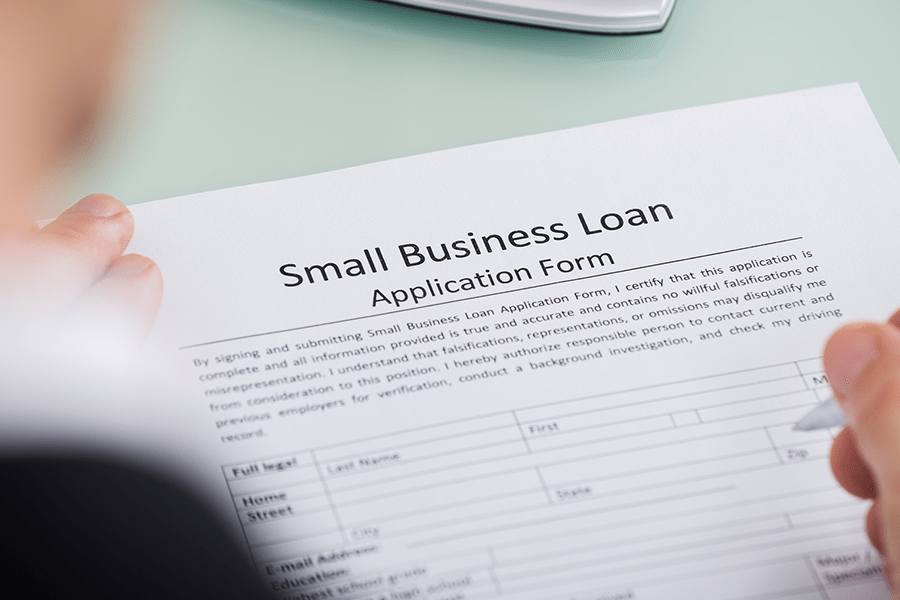
Financing

FREE RESOURCES
LATEST ARTICLES




FREE RESOURCES
July 18, 2024
Free Template
WRITTEN BY: Andrew Wan
June 28, 2024
Free Calculator
WRITTEN BY: Andrew Wan
May 29, 2024
Calculator
WRITTEN BY: Andrew Wan
May 21, 2024
Free Calculator
WRITTEN BY: Andrew Wan
LATEST ARTICLES